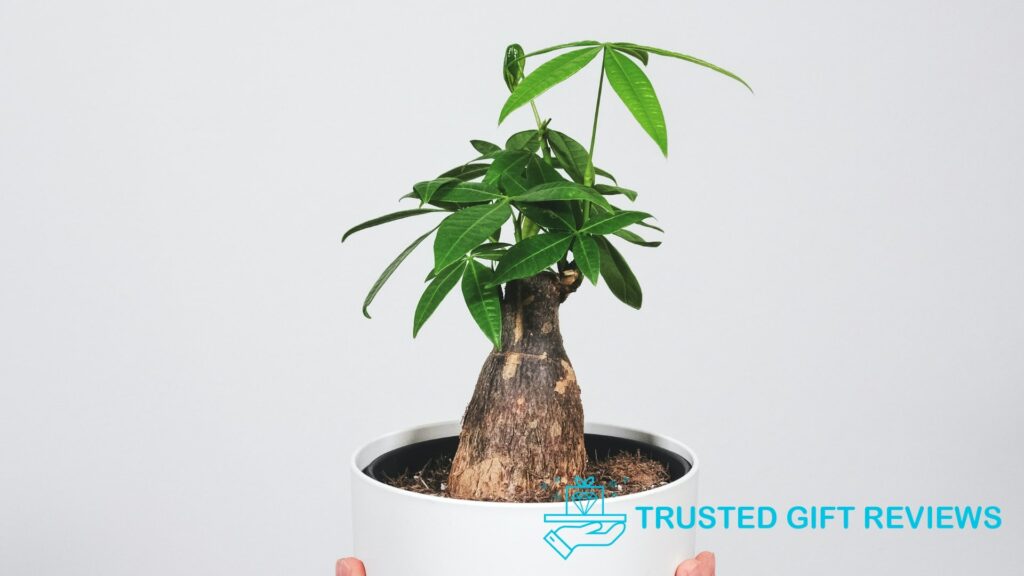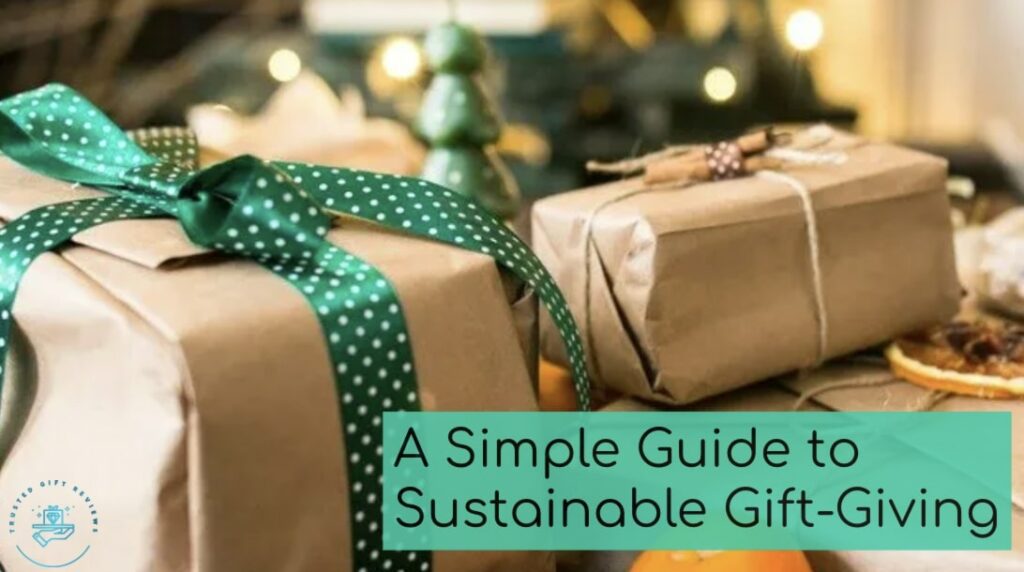The best soil for money trees is a slightly acidic to neutral potting mix that has balanced moisture retention ability and draining capacity. It’s ideal to use a coco coir or peat-based potting mix and amend it with perlite, sand, and compost.
In this guide, we’ll help you learn more about the best soil to use for your money tree. We’ll explain what you should look for in a soil mix, what ingredients to use, and what recipes to follow when making your own mix.
Things to Consider When Choosing Soil for Money Tree
Drainage


Money trees are native to swampy areas in Central and South America, so some may think they like growing in waterlogged conditions. However, the roots of the money trees in those areas have learned to adapt to periodic flooding and drought to survive.
For money trees primarily grown in pots, it’s crucial to choose a soil mix with excellent drainage to allow excess water to escape quickly and prevent overwatering. Their roots are not used to seasonal flooding, so constantly wet soil can cause root rot.
Pick potting mixes that have perlite, vermiculite, coarse sand, or bark since they help improve the soil’s drainage properties.
Moisture Retention


Indoor money trees are not very drought-tolerant, so they can be stressed if the soil dries out completely. Hence, it’s important that the soil has good moisture retention to give the plant access to water, even when you forget to water it.
Look for a potting mix that strikes a balance between moisture retention and drainage. The soil should have components that can hold water, like coco coir or peat moss, and components that can help excess water escape, like perlite.
Fertility


Choose a soil mix that has sufficient nutrients to support your money tree’s growth. A nutrient-rich soil can help the plant grow healthily and produce beautiful leaves and sturdy stems.
Money trees that receive proper nutrition are also better equipped to withstand environmental stressors, like poor lighting, temperature fluctuations, and pest attacks. Should it experience stress, it can recover more quickly if it has access to nutrients.
If you think the potting mix you have isn’t fertile enough, you can add organic compost or fertilizer to increase the presence of various nutrients in the soil.
pH Level


Money tree plants prefer a slightly acidic to neutral soil with a pH range of 6.0 to 7.5. It’s best to maintain the pH within this range to ensure that your money tree is growing in an ideal environment.
Extreme pH levels can disrupt the nutrient balance in the soil and cause harm to the roots directly. If the plant experiences nutrient imbalance, it may suffer from stunted growth and yellowing leaves.
If your soil’s pH is way out of the 6.0 to 7.5 range, make some adjustments to the soil. Add dolomite lime if it’s too low and elemental sulfur if it’s too high.
Components of a Money Tree Soil
Perlite
Perlite is like the magic ingredient to making any soil mix well-draining. Its large particles create gaps in the soil that allow water and air to pass, leading to an improved soil structure.
The small gaps it creates also help prevent the soil from compacting, giving the roots more room to spread and grow. It helps the potting mix last longer and lessen the need for repotting.
Another great thing about perlite that’s often left in the shadows is it’s an excellent insulator. It can help protect the plant from extreme temperature fluctuations.
Coarse Sand
Like perlite, coarse sand can also be used to improve the drainage of a potting mix. It can help prevent the water from pooling at the bottom of the pot and creating a waterlogged growing condition for the money tree.
Its sand grains are larger than typical sand, so it can create larger spaces between the soil where water and oxygen can flow through easily. This prevents the water from accumulating in the root ball and suffocating the plant.
When using coarse sand, make sure that it’s clean and free from contaminants. Unlike perlite, which is often sterilized, coarse sand can introduce pests and weed seeds to the soil, compromising the money tree’s health.
Coco Coir
A potting mix with only coarse sand and perlite is extremely well-draining, so the roots may not have enough time to absorb moisture before it all drains away. Adding coco coir to the mix will give it more time to get the water it needs.
Coco coir has exceptional moisture retention capacity, so it can absorb enough water for your money tree. It’s an ideal component that will ensure your plant’s root zone has a consistent supply of water.
It will naturally break down over time and can serve as an organic matter to the soil, providing it with more nutrients for the plant.
Compost
Compost can be made of any decomposing organic matter, such as kitchen scraps, yard waste, and plant matter. It’s an organic material that can help your money tree grow healthier.
It contains a wide range of essential nutrients like nitrogen, phosphorus, and potassium, which can make the soil mix more fertile. These nutrients will be released as the compost breaks down, so your money tree will have a constant supply of nutrients.
Compost also has excellent water-holding capacity that can help keep the soil consistently moist without causing root rot.
Soil Mix Recipes for Money Tree


Recipe 1
- 2 parts coco coir
- 1 part perlite
- 1 part coarse sand
This recipe focuses on giving the money tree a well-draining growing medium while still providing sufficient moisture for the plant.
Coco coir will help retain the moisture the money tree needs and release it slowly to provide the plant with consistent access to water. Perlite and coarse sand, on the other hand, will take care of the excess water that the money tree won’t need.
Moisten your coco coir before mixing it with perlite and coarse sand to help them blend better with each other.
Recipe 2
- 1 part coco coir
- 1 part compost
- 1 part perlite
This recipe will provide your money tree with a nutrient-rich, well-draining soil that also has great water-holding capacity.
Compost will provide the money tree with essential nutrients and micronutrients while also absorbing water it can access between watering. Since this recipe also has coco coir, which retains moisture, adding perlite into the mix helps get rid of excess water.
For this recipe, it will also be helpful if you water the compost and coco coir first before mixing them with the perlite.
Signs That Money Tree Is in the Wrong Soil
Mushy Trunk
One of the money tree’s most distinctive charms is its sturdy, thick, and twisted trunk. However, this unique feature can turn soft and mushy if you’re using the wrong soil mix.
When the soil has poor draining capacity and the roots are always subjected to waterlogged conditions, they won’t be able to uptake oxygen as needed. This will weaken the roots, and they may be unable to support the trunk’s needs.
Moreover, if the plant is not receiving enough nutrients, such as calcium and phosphorus, the plant won’t grow properly, resulting in a weak and mushy trunk.
Yellowing or Browning Leaves
Two of the main causes of yellowing and browning leaves are poor drainage and nutrient imbalances in the soil.
If the soil mix you’re using holds too much moisture and water pools around the root ball, there’s a high chance that the roots are deprived of oxygen, resulting in yellow or brown leaves.
If there’s an imbalance in the soil’s water-holding properties and draining capacity, the roots probably do not get enough nutrients to support all of the money tree’s leaves. This will result in some leaves turning yellow and eventually dying.
Stunted Growth
Soil that’s too compacted or has an inappropriate pH level can cause money trees to have stunted growth.
An overly compacted soil restricts root expansion and development, so the roots have difficulty absorbing nutrients in the soil, leading to stunted growth. Once the soil becomes too compacted, consider repotting the plant to give it a fresh start.
If the soil is still relatively loose, try checking if the soil’s pH is within the 6.0 to 7.5 range. It has probably become too acidic or alkaline over time, impairing the money tree’s ability to absorb nutrients.
Root Rot
Root rot in a money tree is usually caused by soil that retains moisture excessively and doesn’t allow proper drainage. It’s likely that the money tree is always exposed to standing water, causing fungal growth within the roots.
As the fungi multiply in the soil, they infect the money tree’s roots, causing the roots to decay and become mushy. This will directly impact the root’s ability to take up water and nutrients.
Aside from visual signs, one of the biggest signs that your money tree is suffering from root rot is a foul odor from the plant. The decaying roots will release a smell comparable to rotting eggs.




